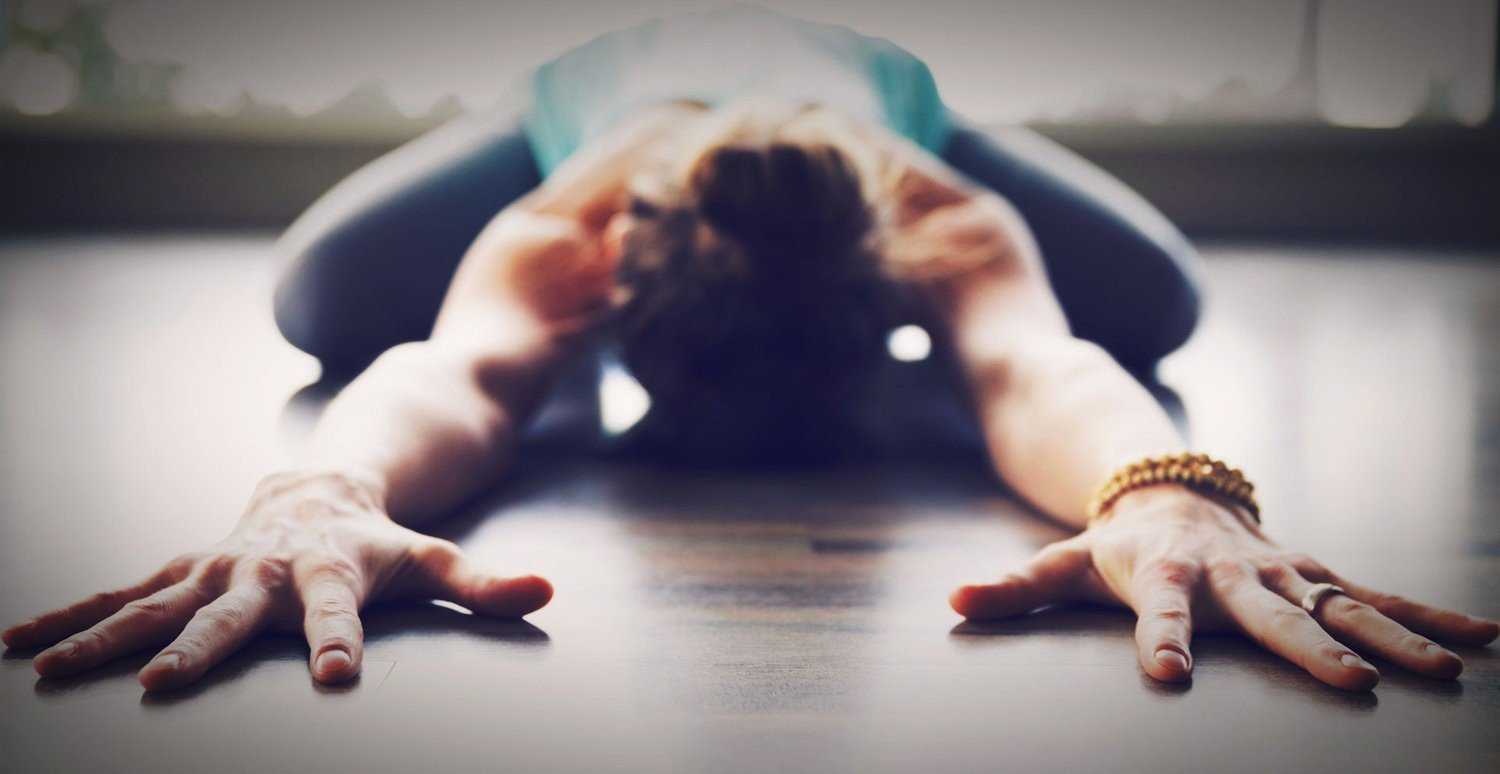BY: TRISHA CURLING
The reason why yoga is way more than a physical practice is that of the lessons it continues to teach us. It really brings us to a place where we need to examine much more than how our bodies move on the mat. Yoga provides opportunities for us to ask ourselves how we can actually optimize our health in every aspect.
The physical aspect of our practice does, however, do wonderful things to inform our decisions in other areas of our lives. It’s truly a pathway leading us to self-examination. This doesn’t mean perfection, but it means continuous growth as we move through various experiences in our lives. Our nutritional health is just one of the aspects that we come face to face with. We begin to understand how to fuel and nourish our bodies to support our physical and mental needs.
The increased mindfulness started for me when I had to start considering not only what I ate before a yoga practice, but also my general habits. In order to have an effective physical practice, I knew that I could not overeat and/or eat something with poor nutritional value before I went to class. If I did, it was a guaranteed that I would feel too ill and bloated to receive the effectiveness of the poses, I wouldn’t be able to move as freely and confidently. A decision like that would only have been counterproductive.
It’s always recommended to speak with your healthcare provider about your specific nutritional requirements. These are different for everyone, especially if there are any health concerns that need to be addressed, so always do this first. It is also imperative to keep ongoing communication, as our bodies and its’ needs change quite frequently.
In my own experience, if my yoga practice is taking place first thing in the morning I usually do it on an empty stomach (if very close to the time of waking up). Or something extremely light like a greens powder drink or a banana. If it is later in the day, I try to be sure to leave at least 2-3 hours without eating before the practice or maybe a handful of nuts (walnuts, cashews, or almonds are my favorites) if I’m hungry. This way I’m sure not to interfere with my movement, especially in poses where I’m twisting which can be very uncomfortable on a full belly. After a practice, I can choose some healthy eats (i.e. a protein smoothie or a meal with protein, greens, and rice or buckwheat noodles which are my favorite).
My eating, in general, has changed quite significantly since incorporating yoga and resistance training back into my life. It doesn’t mean that “junk foods” don’t creep in now and then, but if I know that I want to feel good, then whole foods are my first choice. I am still a work in progress, as we all are when striving to be our best. Healthier choices became my lifestyle and not temporary decisions. It has also greatly affected how I select from a menu when out to eat at a restaurant.
Yoga’s transformative power guides you to more healthy and holistic choices. Allow YOUR yoga to help you to listen to and understand your own body in order to make choices that suit you.

